Crowds and Culture: A Delhi Journey
Join this vibrant free walking tour through Delhi's bustling streets, where crowded people surround you, creating an authentic experience of the city's rich heritage.
Time
3 Hours
Stops
6 Places
Distance
6.1 km
Jama Masjid
Begin your journey at Jama Masjid, one of the largest mosques in India, where the hustle and bustle of Old Delhi surrounds you.
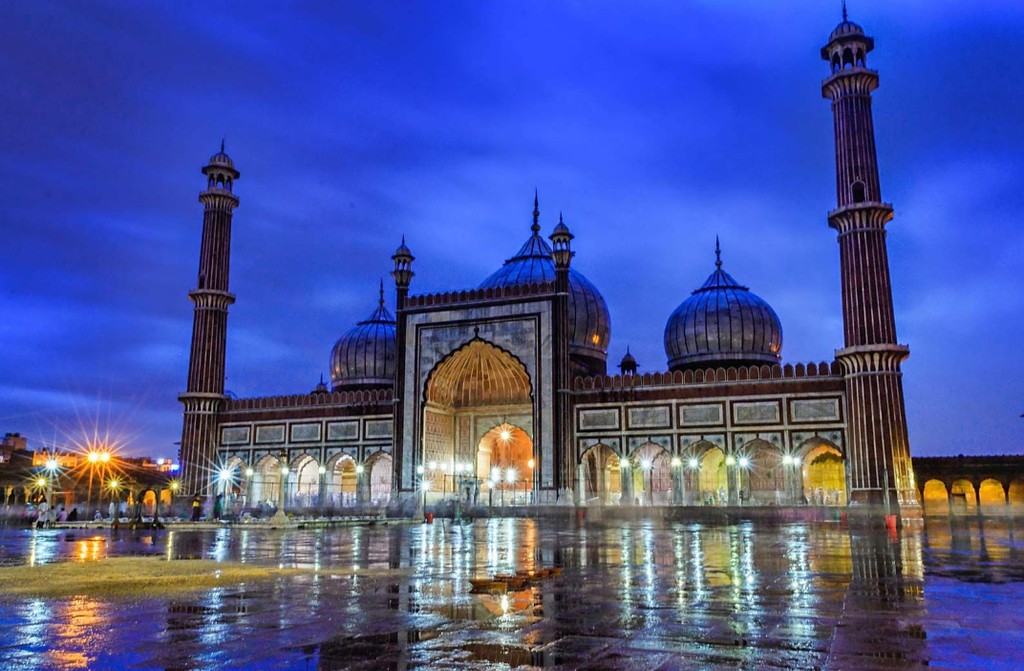
Jama Masjid (Source: Google Maps)
Jama Masjid, completed in 1656, is one of the largest mosques in India, showcasing Mughal architecture with its grand domes and towering minarets. Built under Emperor Shah Jahan, it can accommodate thousands of worshippers. The mosque is a focal point of Old Delhi, surrounded by lively markets and narrow lanes. Its intricate calligraphy and beautiful courtyards reflect the artistry of the Mughal era. The mosque's vibrant atmosphere, especially during prayers, draws visitors and locals alike, offering a glimpse into the spiritual heart of the city.
Chandni Chowk
Just a short walk away, dive into the crowded lanes of Chandni Chowk, a historic market known for its lively atmosphere and vibrant street life.
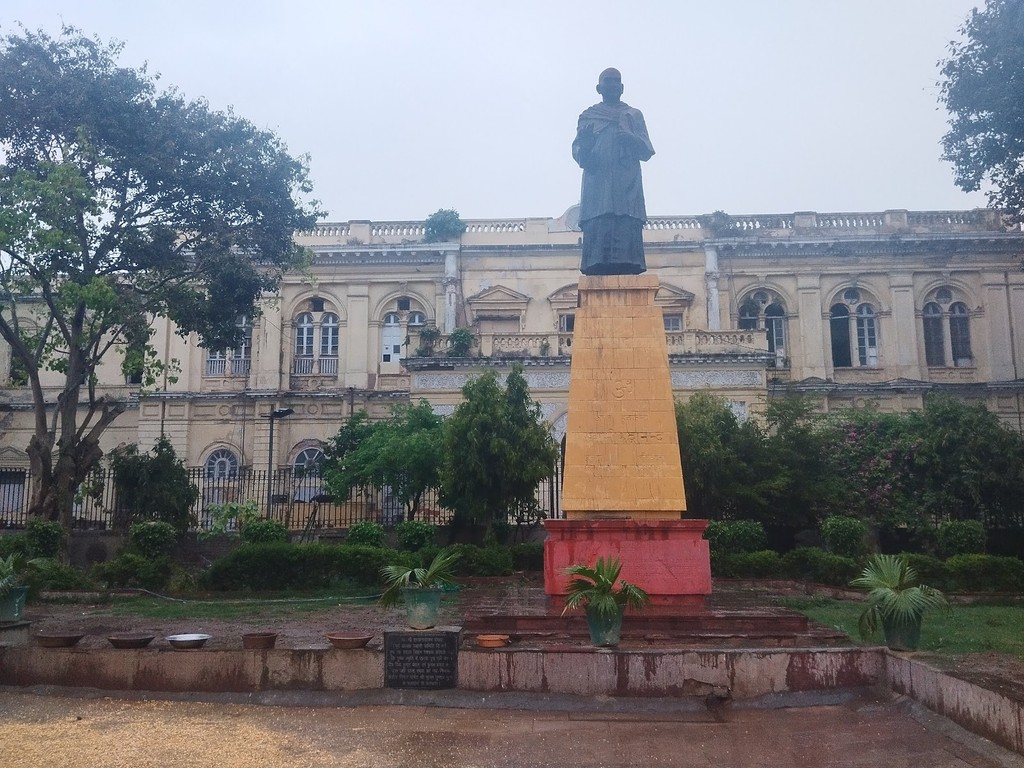
Chandni Chowk (Source: Google Maps)
Chandni Chowk, established in the 17th century, is one of Delhi's oldest and busiest markets. Originally designed by Empress Noor Jahan, it is known for its historic architecture and vibrant street life. The market is a melting pot of cultures, offering everything from traditional sweets to textiles. Its narrow lanes are lined with shops selling spices, jewelry, and street food, making it a sensory delight. The bustling environment is a testament to Delhi's rich history, where modernity meets tradition, and the sounds and sights create an unforgettable experience.
Paranthe Wali Gali
While exploring Chandni Chowk, take a detour to Paranthe Wali Gali, famous for its delicious and diverse parathas, offering a taste of local street food.
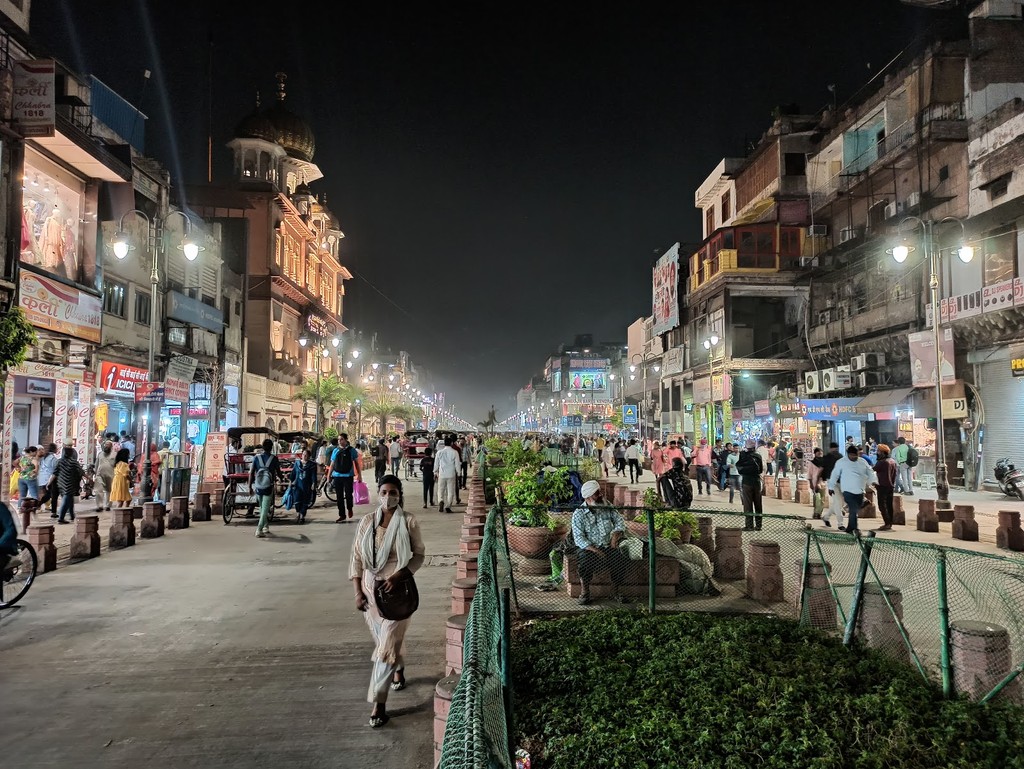
Paranthe Wali Gali (Source: Google Maps)
Red Fort
A short walk from Chandni Chowk, visit the iconic Red Fort, a UNESCO World Heritage site that stands as a testament to Mughal architecture and history.
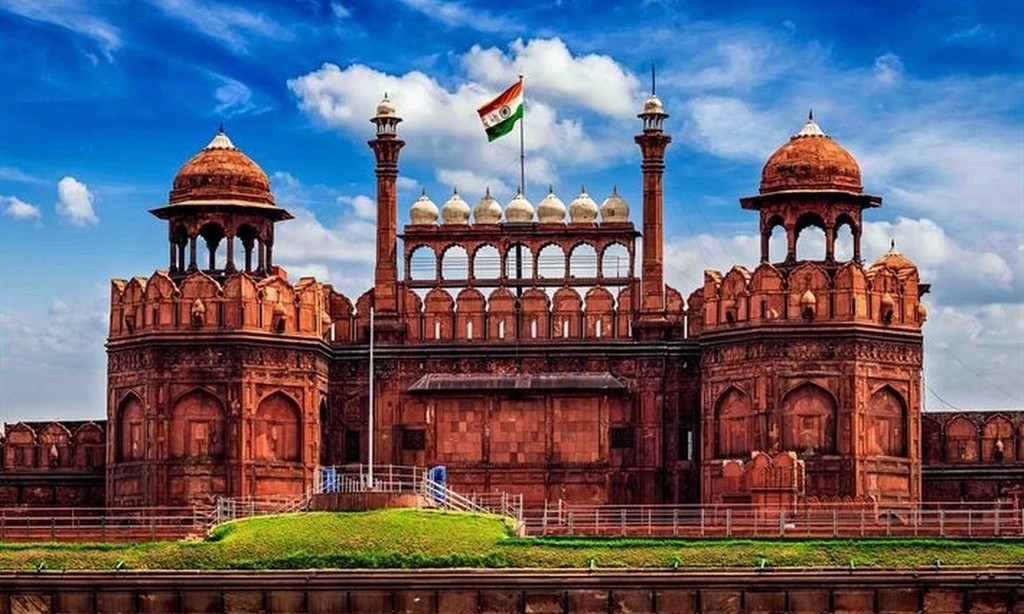
Red Fort (Source: Google Maps)
The Red Fort, a UNESCO World Heritage site, was commissioned by Shah Jahan in 1638 as the main residence of the Mughal emperors. Its massive red sandstone walls and intricate carvings exemplify Mughal architecture. The fort complex houses several museums and gardens, highlighting the grandeur of the Mughal era. The fort's iconic structures, such as the Diwan-i-Aam and Diwan-i-Khas, served as venues for royal gatherings and public addresses. The Red Fort has witnessed significant historical events, including India's struggle for independence, making it a symbol of national pride.
Raj Ghat
Walk towards Raj Ghat, the serene memorial dedicated to Mahatma Gandhi, offering a moment of reflection amidst the city's energy.
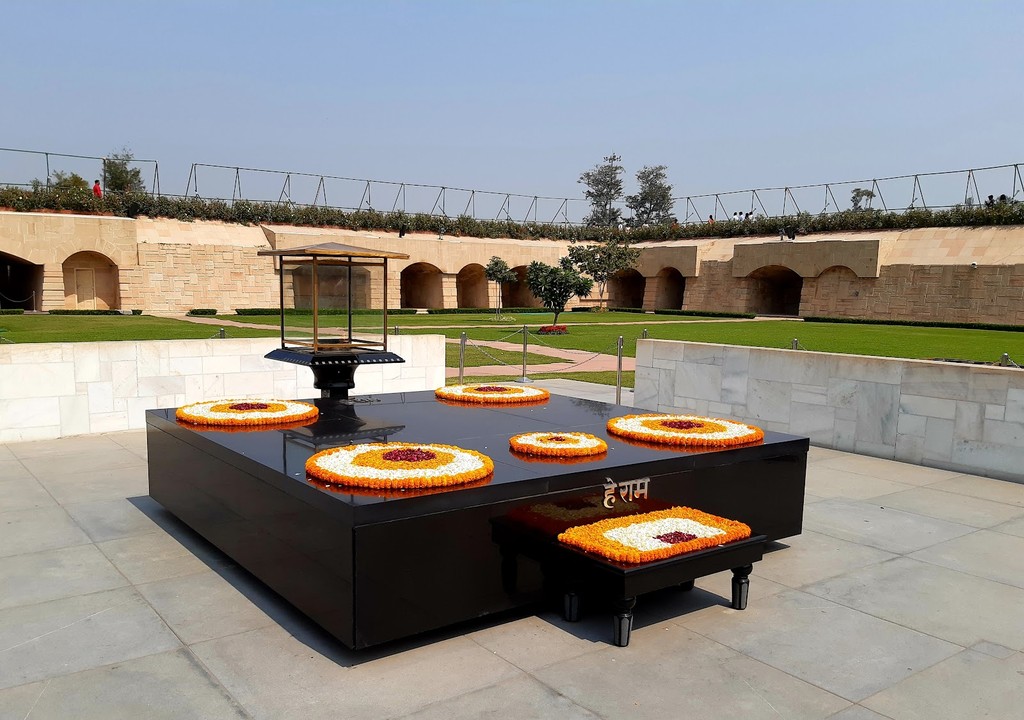
Raj Ghat (Source: Google Maps)
Raj Ghat is a serene memorial dedicated to Mahatma Gandhi, located on the banks of the Yamuna River. The memorial features a black marble platform marking the spot where Gandhi was cremated in 1948. Surrounded by lush gardens, it serves as a peaceful place for reflection and remembrance. Visitors can pay tribute to the Father of the Nation and learn about his philosophy of non-violence and truth. The site is often visited by dignitaries and world leaders, emphasizing Gandhi's global influence and the enduring legacy of his teachings.
National Gandhi Museum
Nearby, explore the National Gandhi Museum to gain deeper insights into Gandhi's life and his impact on India's history.
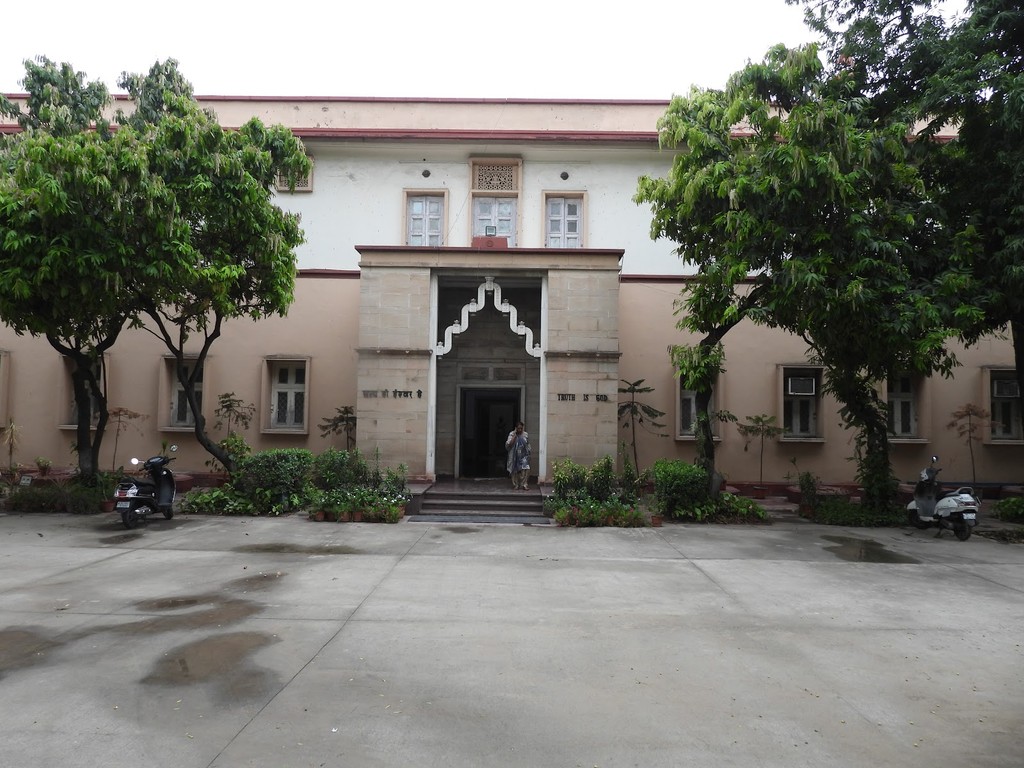
National Gandhi Museum (Source: Google Maps)
The National Gandhi Museum, situated near Raj Ghat, is dedicated to the life and principles of Mahatma Gandhi. The museum houses a comprehensive collection of photographs, manuscripts, and personal items that chronicle Gandhi's journey and his pivotal role in India's independence movement. Visitors can explore exhibits that showcase his philosophy of non-violence, civil disobedience, and social reform. The museum serves as an educational resource, allowing visitors to gain deeper insights into Gandhi's impact on India and the world, making it a significant stop for those interested in history.

Your travels, your rules.
Create your own Free Walking Tours.
Set your preferences, distances and anything you want to do or see.
Completely free, no payment required.